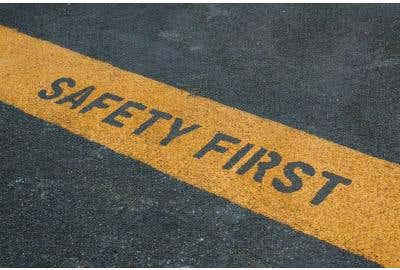3 Tips to Keep Safety Training a Priority


The 2018 Training Survey in this month’s issue of Safety+Health Magazine was just released, and it included some great insight about safety training budgets and the challenges of training! It was great to see 90% of organizations are still committing to safety training by either keeping their safety training budgets the same or increasing their budgets. [1] Even with this commitment to safety training, organizations still struggle to find time to effectively train their employees.
Luckily, this time burden can be minimized by allowing training to come in many forms, methods and mediums. We’ve compiled 3 quick tips to help keep safety training at the forefront of minds in your organization:
1. Training Program
No matter what methods and mediums you use, it’s important that an ongoing and effective overall safety training program be developed, implemented and routinely evaluated for your workforce. Workforces are diverse, thus demanding an equally diverse training program. Get input from your workforce, management and leadership. Document the program and share it with your workforce. Measuring the effectiveness of the training program through testing, feedback, worker observation, and performance is a powerful leading indicator of your safety culture.
2. Daily Safety Message
A lot can be forgotten in between safety training sessions. A daily safety message is a great way to reinforce safe work habits. This can be delivered verbally, via email, or even posting a message beside the time clock. For example, Don’t step over it – pick it up! or Report damaged equipment immediately. These short messages can be task or topic-oriented and reinforce safe work habits. In addition, the daily safety message can be delivered via toolbox or tailgate talks. These informal safety talks are usually 5 minutes or less and typically happen on the job site before work begins. It’s a great way to highlight any job-specific safety concerns. Ask your employees “What if” questions to get them engaged and retain information.
3. Technology
Beyond the traditional classroom approach, there are amazing tools of technology available to supplement your training program. E-learning and other types of computer-based training, mobile apps, and virtual reality programs have enabled safety training to become more engaging, available, and efficient for employers.
Bottom line, there’s no such thing as enough safety training. Develop, implement, and evaluate a diverse training program for your workforce with a healthy balance of traditional and technology-driven approaches. Ask ClickSafety how we can help!
For more information, check out Safety+Health’s 2018 Training Survey.
[1] Safety+Health, Training Survey 2018, June 24, 2018

